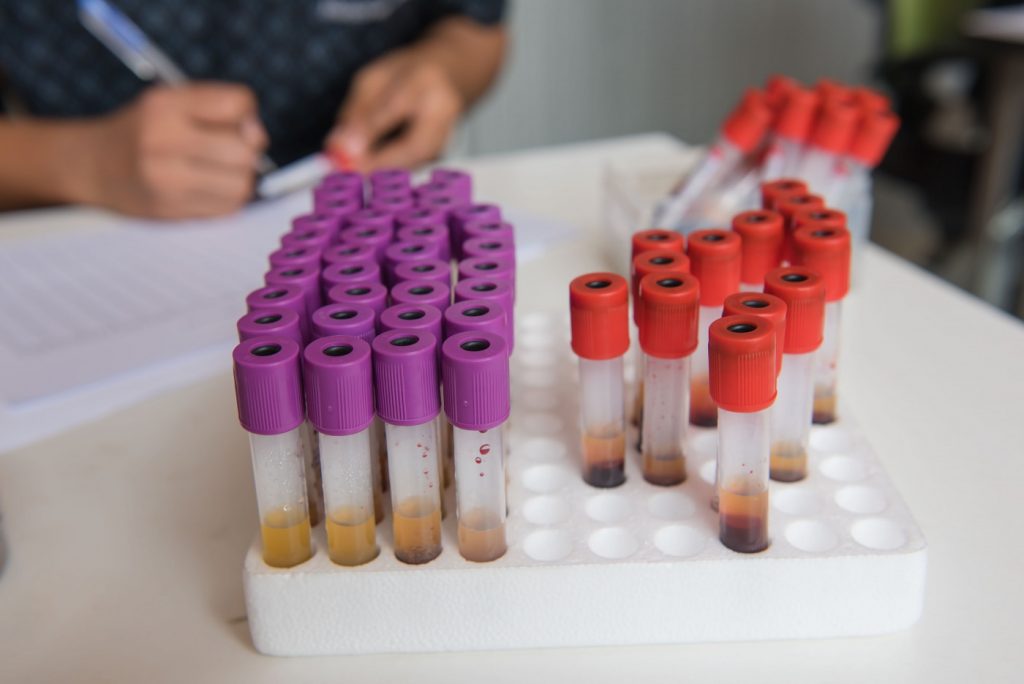Plans Advance for Biomarkers Panel to Assess Drug-induced Skeletal Muscle Injury


A new panel of four safety biomarkers to assess acute drug-induced skeletal muscle injury in Phase 1 clinical trials has received a positive response from the U.S. Food and Drug Administration (FDA).
The new biomarker panel is particularly important for companies developing therapies for patients with neuromuscular diseases, including spinal muscular atrophy (SMA), Duchenne muscular dystrophy (DMD) and Becker muscular dystrophy (BMD), among others.
The FDA’s Biomarker Qualification Program at the Center for Drug Evaluation and Research (CDER) issued the positive feedback in response to a letter of intent submitted by the Critical Path Institute’s (C-Path) Predictive Safety Testing Consortium (PSTC) and the Duchenne Regulatory Science Consortium (D-RSC).
“As new therapies for DMD, BMD and SMA become available, the proposed biomarker panel may also be useful not only for purposes of safety, but also as diagnostic, prognostic and response biomarkers to provide insight on disease status and response to treatment in patients with these disorders,” Tanja Zabka, DVM, said in a press release. Zabka is principal scientist-pathologist, Development Sciences-Safety Assessment at Genentech, and a PSTC industry member.
In their letter of intent, PSTC and D-RSC presented scientific evidence supporting the usefulness of measuring a panel of four proteins — skeletal troponin I fast-twitch type II (TNNI2), myosin light chain 3 (MYL3), fatty-acid binding protein 3 (FABP3) and creatine kinase muscle type (CKM)] — for assessing a therapy’s potential of inducing muscle damage.
Currently, monitoring of drug-induced muscle injury in clinical trials relies on measurements of two biomarkers: blood levels of creatine kinase (CK) and aspartate aminotransferase (AST) enzymatic activity. However, these markers have a limited sensitivity and tissue specificity to identify muscle damage that may occur during clinical trials for a certain therapy.
The panel of four biomarkers, combined with the levels of AST and CK, is intended for use in Phase 1 trials in healthy volunteers when there is a concern that an investigational therapy may cause skeletal muscle injury.
The FDA has now invited the consortiums to submit a qualification plan, the second stage of the Biomarker Qualification Program process, in which they can present additional clinical evidence and detail the intended use of the proposed panel of biomarkers.
“Finding solutions for unmet needs in drug development is at the core of C-Path’s mission,” said John-Michael Sauer, PhD, program officer for C-Path’s Biomarkers Program and PSTC executive director.
“Through collaboration across these consortia and their industry members, we are advancing qualification of this biomarker panel to provide drug developers with a novel tool for more accurately detecting DIMI during clinical trials,” he said.
In 2015, the FDA issued a letter of support for the potential biomarkers in response to preclinical evidence.
“The LOS [letter of support] was an important milestone,” said Warren Glaab, PhD, director of systems toxicology at Merck (known as MSD outside the U.S. and Canada) and a PSTC industry member.
“Our focus since then has been gathering additional nonclinical and human subject data to demonstrate that this biomarker panel can be translated for use in clinical trials to more accurately detect DIMI [drug-induced muscle injury],” he added.
The post Plans Advance for Biomarkers Panel to Assess Drug-induced Skeletal Muscle Injury appeared first on SMA News Today.

